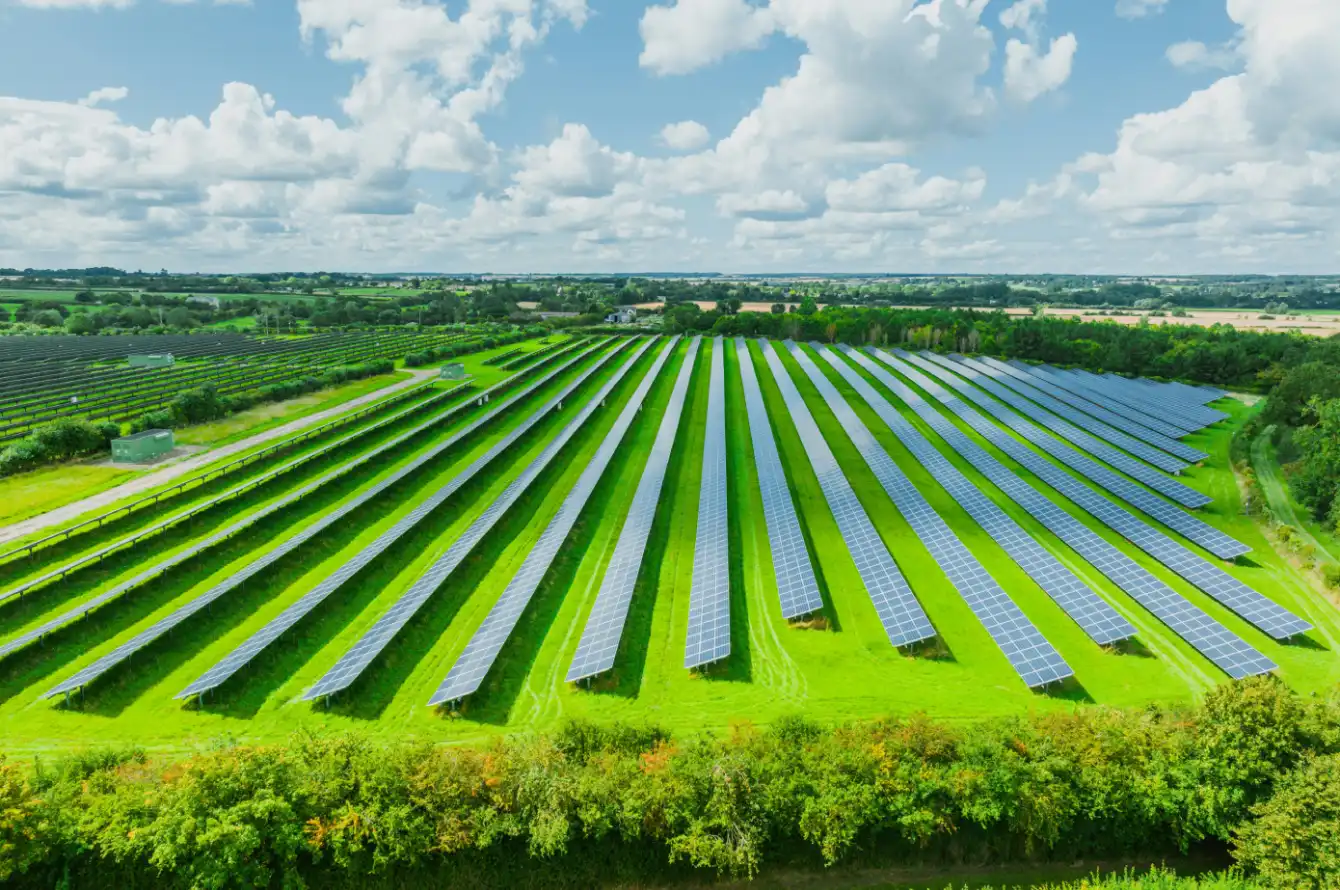EU Taxonomy in short
- The EU Taxonomy is a set of rules created by the European Union that helps to estimate if business activities are environmentally sustainable. Activities can be called “sustainable” if they contribute to the EU’s environmental and climate goals, they help fight climate change or protect nature.
- EU Taxonomy is a way to guide and encourage people to support activities that help the environment, and make sure we are on track to reach goals like net-zero carbon emissions by 2050.
- The goal is to stimulate investments in eco-friendly projects, and make sure businesses are genuinely contributing to save the planet.
What is the EU Taxonomy?
The EU Taxonomy is a classification system established by the European Union to define which economic activities can be considered “environmentally sustainable”. Its provides clear and transparent criteria for businesses, investors, and policymakers to identify activities that contribute to the EU’s environmental and climate goals, particularly the transition to a low-carbon economy.
The EU Taxonomy aims to promote investment in sustainable projects by:
- Defining sustainability
It outlines criteria for different sectors and activities that can be classified as environmentally sustainable, based on specific requirements related to climate change mitigation and adaptation, water use, pollution prevention, circular economy, and biodiversity protection. - Fostering transparency
By setting out clear guidelines, the Taxonomy helps investors and businesses assess whether an activity is aligned with sustainability goals, encouraging more capital to flow into green projects. - Supporting the EU Green Deal
It is a critical part of the EU’s broader efforts to achieve net-zero emissions by 2050 and meet the Paris Agreement’s climate targets.
The Taxonomy Regulation was published in the Official Journal of the European Union on 22 June 2020 and entered into force on 12 July 2020. In its initial phase, the Taxonomy focuses primarily on climate-related objectives. It is expected to expand to cover other sustainability dimensions, such as social criteria, in the future.
What is the objective of the EU Taxonomy?
The main objective of the EU Taxonomy is to support companies in their transition to a sustainable economy and stimulates investments in projects that truly help the environment and contribute to a sustainable future.
The key objectives are:
- Support the transition to a sustainable economy The Taxonomy helps direct investments toward projects that contribute to the EU’s goals, like reducing carbon emissions and protecting nature.
- Prevent greenwashing
It ensures that businesses can’t falsely claim their activities are environmentally friendly. Only activities that meet strict criteria can be labeled as sustainable. - Provide clarity and transparency
It helps investors, companies, and consumers easily identify which activities are genuinely sustainable, making it easier to support green projects. - Achieve climate targets
The Taxonomy is part of the EU’s broader effort to meet international climate agreements like the Paris Agreement, aiming for a carbon-neutral economy by 2050.
When does an activity qualify as “environmentally sustainable”?
Under the EU Taxonomy an economic activity is considered “environmentally sustainable” if It must meets all of the following conditions:
- Contributes to at least one of the six environmental objecties
The activity must help reduce greenhouse gas emissions or support efforts to adapt to the impacts of climate change. For example, renewable energy production or energy efficiency improvements. - Does no significant harm to any of the other five environmental objectives
The activity must not negatively affect other environmental goals. For example, it shouldn’t harm biodiversity or water quality. This ensures that focusing on one sustainability goal doesn’t come at the expense of others. - Complies with minimum safeguards
The activity must meet social and governance standards, such as respect for human rights and labor conditions. This includes avoiding violations of international labor or environmental standards. - Meets technical screening criteria
Specific, detailed criteria are set for each sector (such as energy, agriculture, manufacturing, etc.) to ensure the activity is genuinely environmentally sustainable. These criteria are designed to assess the activity’s actual environmental impact.
The Taxonomy Regulation has set the next six climate and environmental objectives:
- Climate change mitigation: reduce or prevent the causes of climate change, mainly by decreasing the amount of greenhouse gases (GHGs) released into the atmosphere.
- Climate change adaptation: minimizing the damage caused by climate change or adjusting to new climate conditions.
- Sustainable use and protection of water and marine sources: to balance human needs with the need to preserve these vital resources, ensuring they remain healthy and available for both people and wildlife in the long term.
- Transition to a circular economy: in a circular economy, products are designed to be reused, repaired, recycled, or repurposed, keeping materials in use for as long as possible
- Pollution prevention and control: minimizing the harmful impact of pollutants on air, water, soil, and ecosystems, minimizing the generation of pollution (prevention) and cleaning up pollution that already exists (control).
- Protection and restoration of biodiversity and ecosystems: preserving the variety of life on Earth (biodiversity) and ensuring the health and functioning of ecosystems that support life.



